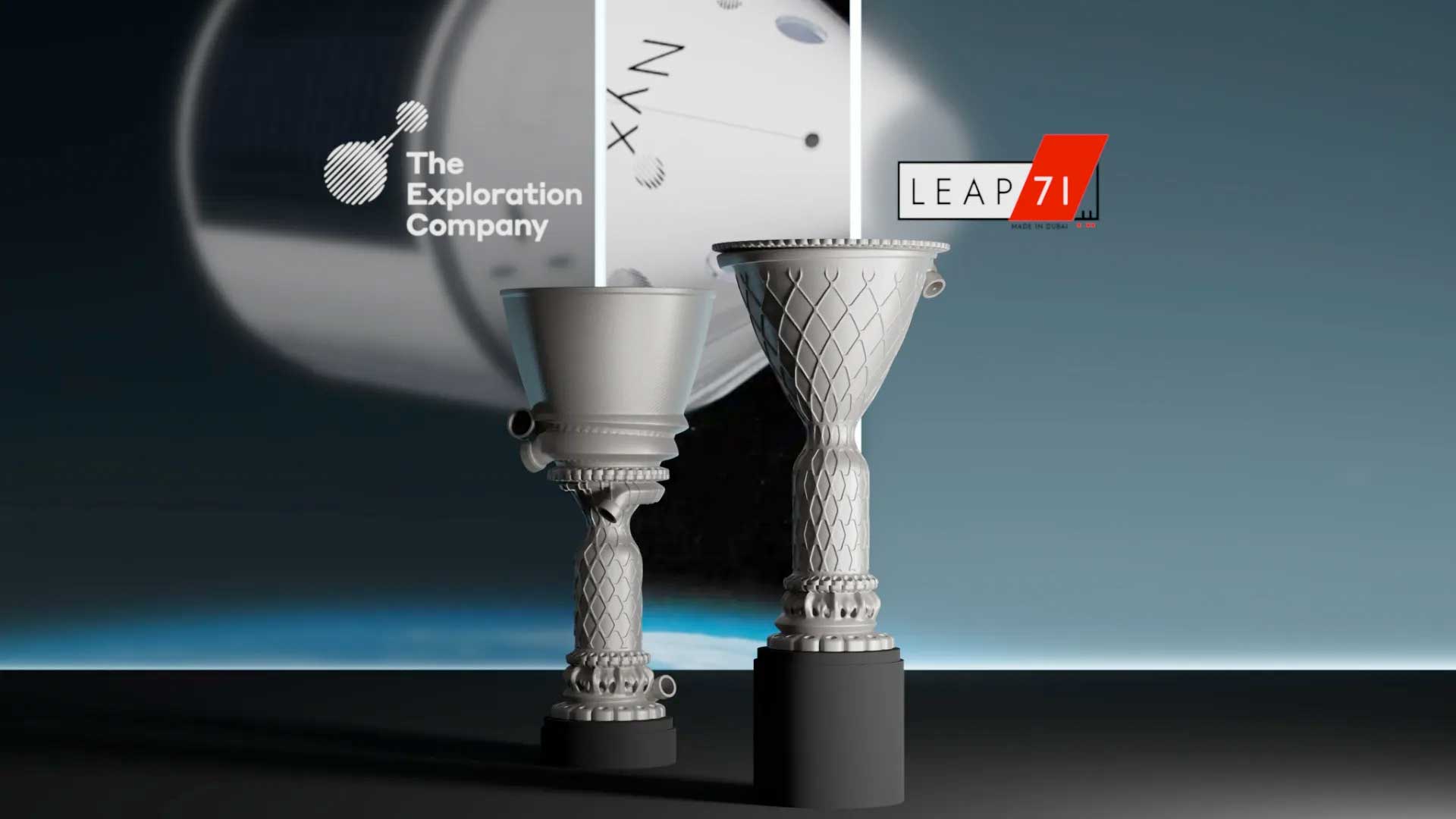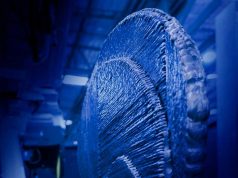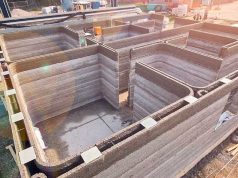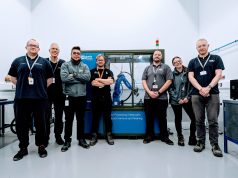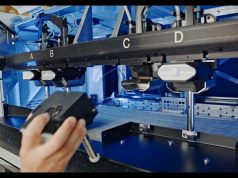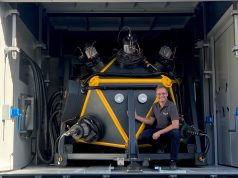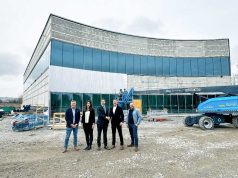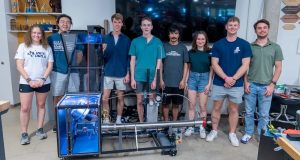LEAP 71 and The Exploration Company have announced a collaboration in space propulsion technology. The goal is to create a computational model for rocket and orbital engine development. This model, the first of its kind, is intended to accelerate innovations in the design of space systems. Advanced manufacturing methods, particularly industrial 3D printing, play a key role in this effort.
The Exploration Company is the developer and operator of Nyx, a modular and reusable orbital spacecraft that aims to make spaceflight less expensive, more accessible and more open. LEAP 71 is a pioneer in the emerging field of computational engineering, where advanced algorithms generate physical objects that can be produced using advanced manufacturing methods, such as industrial 3D printing.
The collaboration will enhance and optimize LEAP 71’s existing computational model for space propulsion, RP/CEM, through practical feedback and rigorous testing.
Hélène Huby, co-founder, and CEO of The Exploration Company said: “One of the challenges for reducing the cost of space exploration is the conventional approach to engineering. Complex parts like rocket engines are hard to design, and each iteration can sometimes take a significant amount of manual rework with traditional CAD-based tools. Using computational models, we want to engineer faster, so that we can print and test faster – hence accelerating the improvement and validation of our engines.”
Says Josefine Lissner, founder, and Managing Director of LEAP 71, “We are excited to put our Computational Engineering Model to the test and get real-world feedback, to fine-tune it to the point, where we have a robust foundation. I expect a tipping point in the space industry when our model successfully starts producing operational engines across a wide range of parameters. As each new test feeds back into the model, the resulting objects will improve exponentially. This is a key building block on our path to a space-faring society.”
This collaboration demonstrates how advanced models and methods can be used to optimize development processes in the space industry, making the space technology of the future more efficient and cost-effective.
Subscribe to our Newsletter
3DPResso is a weekly newsletter that links to the most exciting global stories from the 3D printing and additive manufacturing industry.



